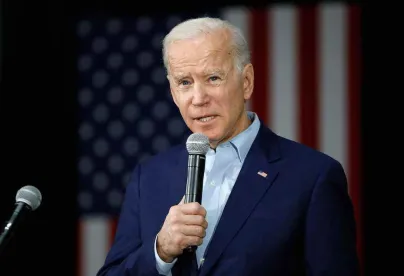Last week, as world leaders met at the United Nations Climate Change Conference (COP26) in Glasgow, Scotland, the U.S. Environmental Protection Agency (“EPA”), issued a proposed rule under the Clean Air Act (“CAA”) designed to reduce methane emissions from oil and gas sources. EPA indicates that the proposal would reduce 41 million tons of methane emissions between 2023 and 2035 and cut methane emissions in the oil and gas sector by approximately 74 percent compared to emissions from this sector in 2005. The proposed rule will be subject to a 60-day comment period once it has been published in the federal register. EPA also anticipates issuing a supplemental proposed rule in 2022 to include additional methane reduction measures following public input and anticipates issuing a final rule by the end of 2022.
Limits and New Requirements for the Oil and Gas Sector
EPA plans to accomplish the methane emission reductions through two primary means:
-
Updating and broadening the requirements for new, modified, and reconstructed oil and gas sources to reduce both methane and volatile organic compound (“VOC”) emissions; and
-
Requiring that states develop plans to limit methane emissions from existing sources. The proposed rule includes more stringent new source performance standards (“NSPS”) for the oil and gas industry, and, for the first time, EPA is also proposing to regulate methane emissions from existing oil and gas sources.
The proposed rule targets emissions from a variety of oil and gas sources such as the following:
-
New and existing wells (and associated gas);
-
Compressor stations;
-
Storage tanks;
-
Pneumatic pumps;
-
Pneumatic controllers; and
-
Liquids unloading operations
EPA has proposed “best systems of emission reduction” (“BSER”) processes for various equipment/sources which include adapting new technologies such as zero-emission pneumatic controllers, leak detection and repair, and other methods based on the particular equipment. EPA is proposing to use the BSER to create a presumptive standard for states to use as a model in developing their plans for specific existing sources.
While the EPA has indicated that it will be supplementing this proposal, and that a final rule is not expected until 2022, this action foreshadows the agency’s push to regulate methane and VOC emissions and to advance the Biden Administration’s broader agenda of addressing climate change.







 />i
/>i

